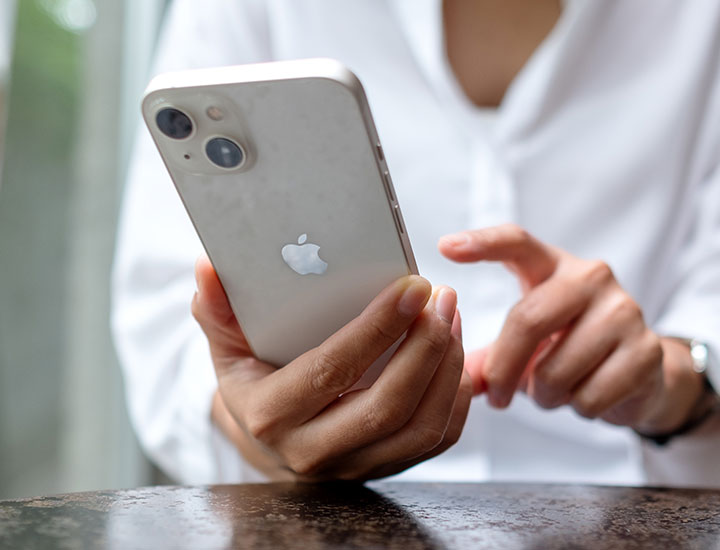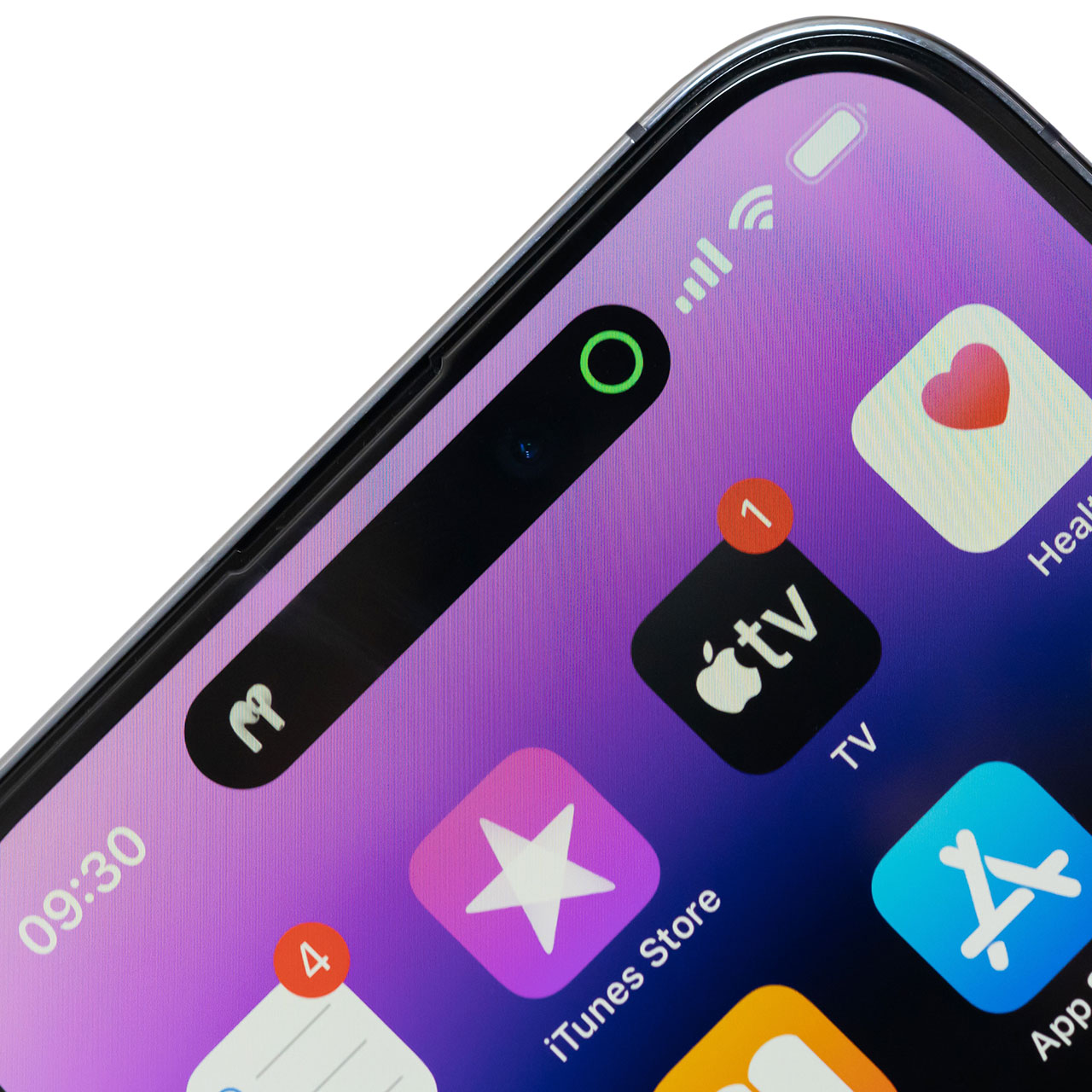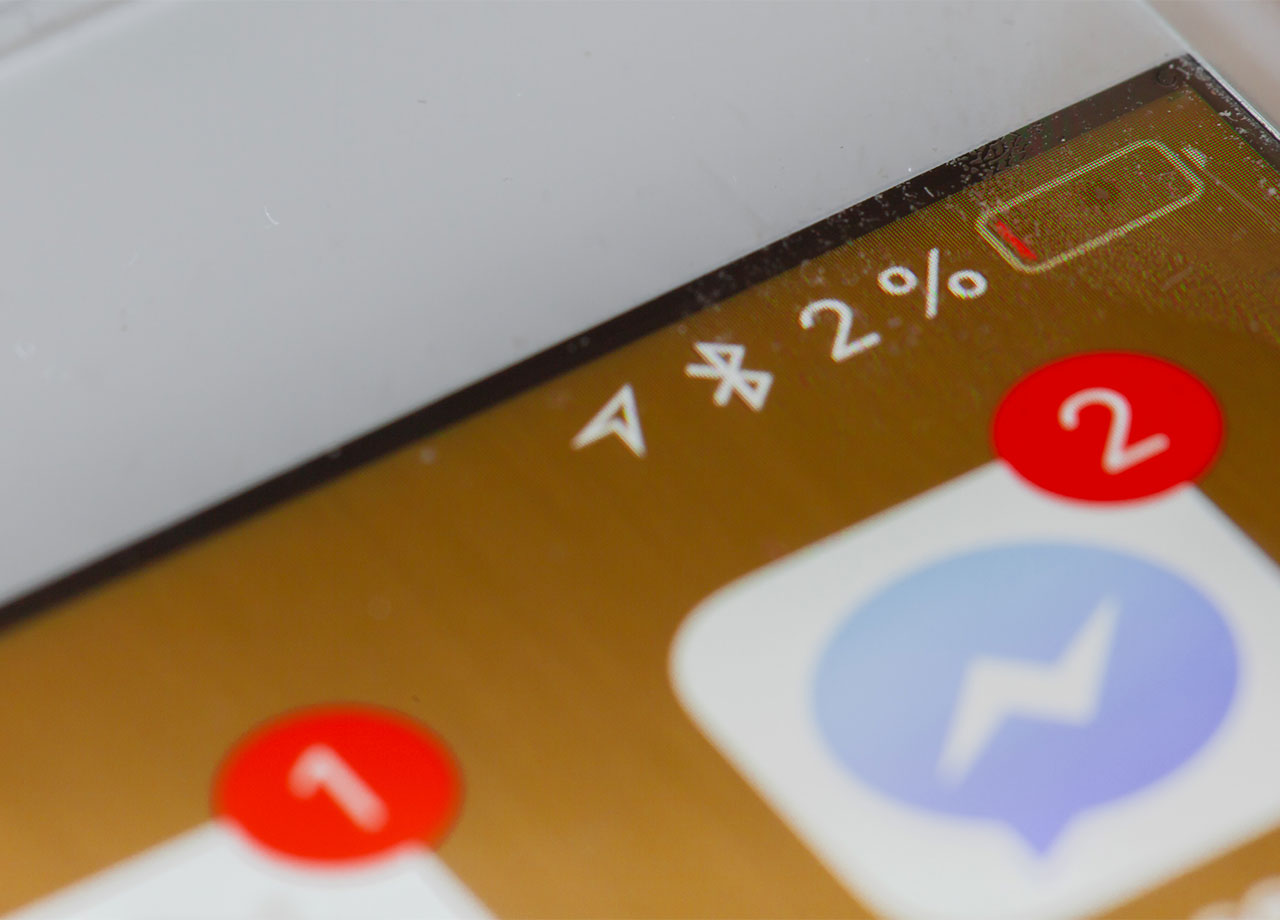This post has been updated since it originally published on July 24, 2023.
When your iPhone can’t hold a charge for very long, it’s time to look into some of the most common reasons why your phone’s battery is being depleted. Your investigation may begin with the apps that you’re using most — and apps like Facebook and Google Maps could certainly be causing some battery woes. But you may be surprised to learn how much responsibility lies with your phone settings and the ways in which they can tax your battery. Prabhsharan Singh, technical head and a software developer associated with Clinicspots, suggests boosting your battery life by disabling these three battery-draining settings.
Background App Refresh: Minimize Unnecessary Updates
Background App Refresh is a setting that allows apps to update their content in the background, ensuring you have the latest information when you launch them. “While this feature offers convenience, it also consumes significant battery power,” Singh says. “Each app running in the background requires system resources and network connectivity to update its content, leading to higher energy consumption.”
Disabling Background App Refresh essentially prevents apps from constantly refreshing in the background, conserving battery power and improving overall battery life, Singh says. “It is a notable concern because multiple apps refreshing simultaneously can drain the battery faster than other settings.”


Push Email: Control Real-Time Email Notifications
Push Email is a feature that instantly delivers new email messages to your device as soon as they arrive in your inbox, Singh notes. “While this provides real-time email notifications, it can have a significant impact on battery life, especially for those who receive a large volume of emails throughout the day.”
With Push Email enabled, Singh says your device establishes frequent internet connections to fetch incoming emails, resulting in continuous data usage and battery drain. “Disabling Push Email and opting for manual email fetching or setting scheduled intervals reduces the frequency of these internet connections, preserving battery power,” he says. “Compared to other settings, Push Email poses a higher battery concern due to the constant network activity it generates.”
Location Services: Manage GPS Usage
Not only is Location Services a privacy concern, it’s also a battery hog. “Location Services allows apps to access your device's GPS or other location-based technologies to provide location-specific services or information,” Singh says. “While this feature offers convenience, it can significantly impact battery life. Constantly tracking and updating your location in the background requires continuous use of the GPS module, which consumes substantial battery power.”
Disabling or managing Location Services for apps that don't require constant access to your location minimizes GPS usage, resulting in improved battery performance. “Among various settings, Location Services stands out as a notable battery concern due to its direct impact on the power-hungry GPS functionality,” Singh adds.
Taking a little time out to change these three settings could be the answer to your battery-draining problems.

Brightness Setting
Few settings have the power to deplete your battery faster than brightness settings. If your phone is always on the brightest setting possible, this consumes a ton of battery power. To adjust your screen brightness, head to Settings > Accessibility > tap Display & Text Size > turn on Auto-Brightness.

Location Services: Manage GPS Usage
Not only is Location Services a privacy concern, it’s also a battery hog. “Location Services allows apps to access your device's GPS or other location-based technologies to provide location-specific services or information,” Singh says. “While this feature offers convenience, it can significantly impact battery life. Constantly tracking and updating your location in the background requires continuous use of the GPS module, which consumes substantial battery power.”
Disabling or managing Location Services for apps that don't require constant access to your location minimizes GPS usage, resulting in improved battery performance. “Among various settings, Location Services stands out as a notable battery concern due to its direct impact on the power-hungry GPS functionality,” Singh adds.
Taking a little time out to change these three settings could be the answer to your battery-draining problems.


























